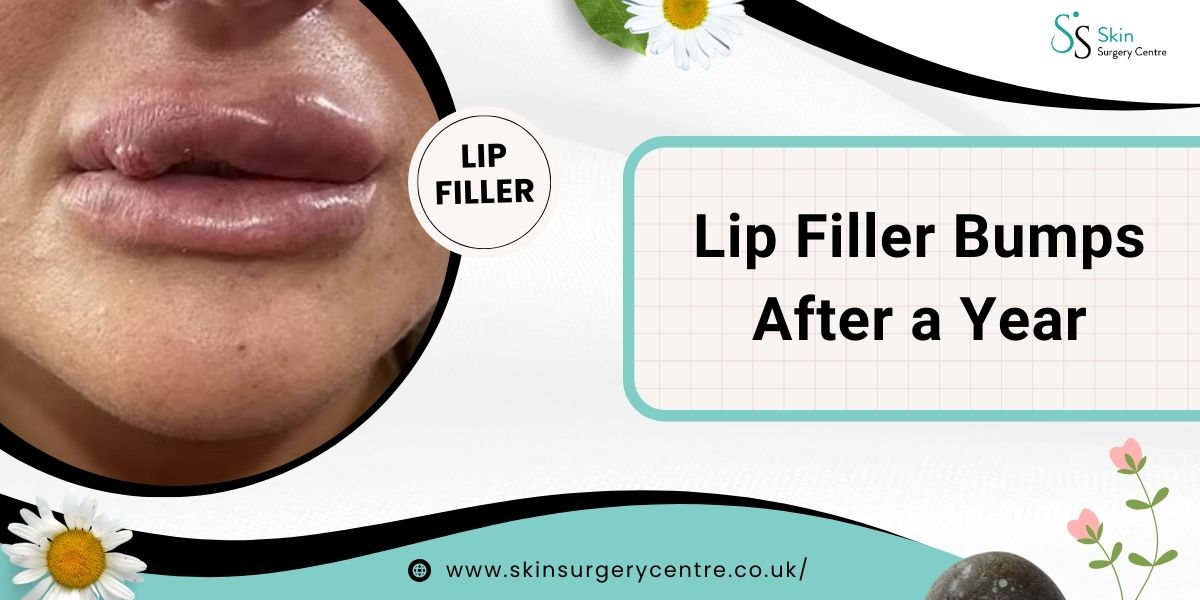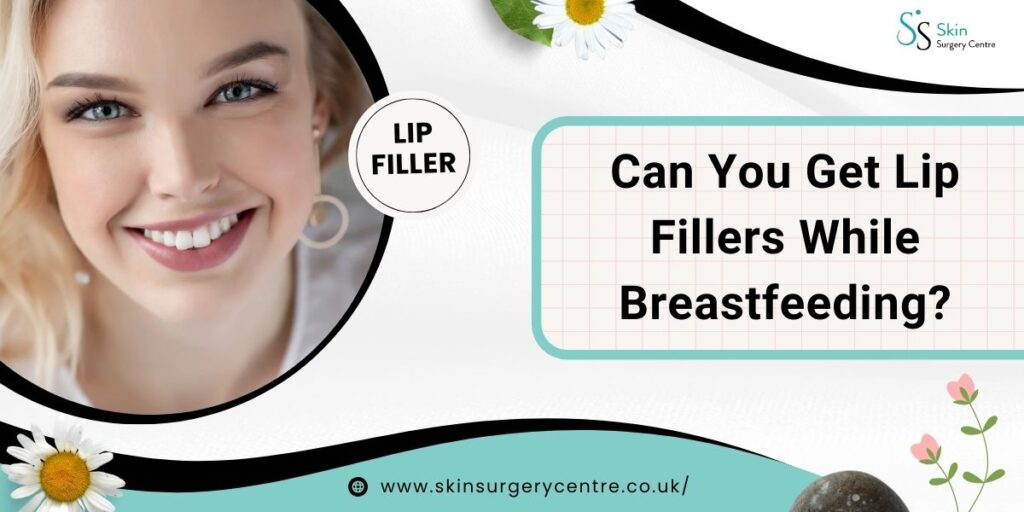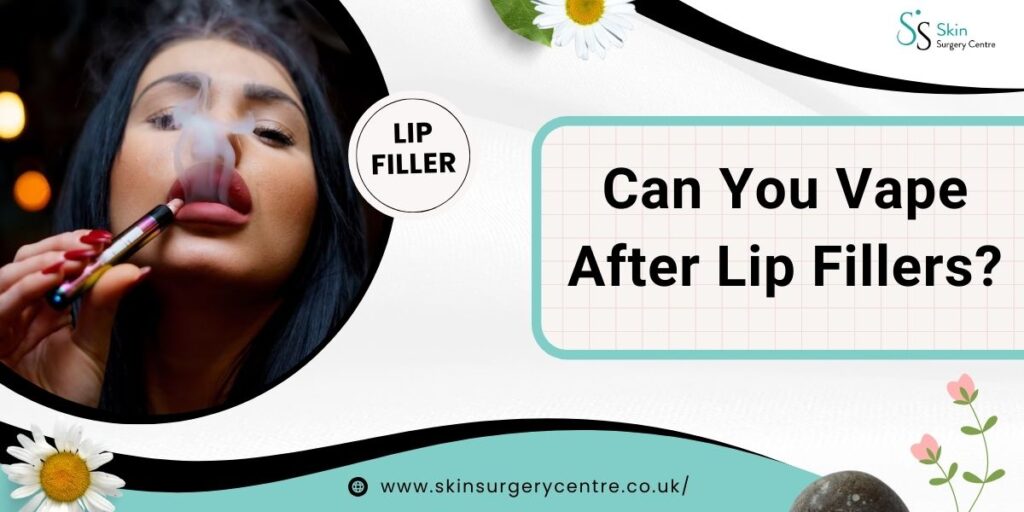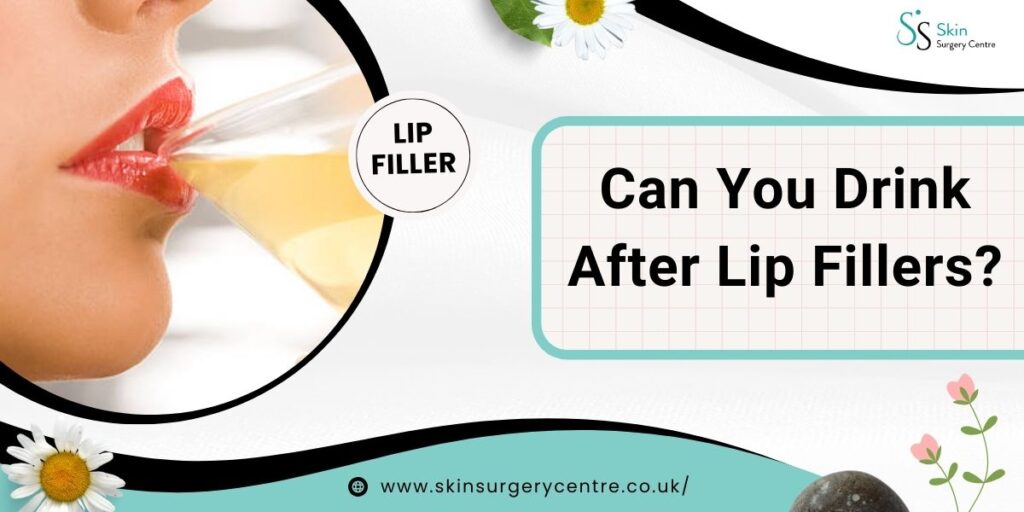Can You Get Lip Fillers While Breastfeeding? UK Expert Answers
Many new mums wonder: Can you get lip fillers while breastfeeding? It’s a common question in UK clinics, and this...

Lip Filler Bumps After a Year: Lip fillers assist in achieving a younger cosmetic appearance by augmenting the lips. While most clients are satisfied with their results, some may notice persistent lumps or bumps—even a year later.
Sound familiar?
If so, then do not worry. It’s more common than you might think, and it can usually be treated with the right intervention.
This blog will explain long-term bumps, their normalcy, possible complications, and treatment options. Whether you’re planning on getting lip fillers, already have them, or want to know more about those annoying lumps, this will guide you.
It is normal to feel lumps in the lips a few days after the dermal filler procedure is conducted. Even a year after the procedure, it is commonplace for the lips to feel uneven.
This is linked to some inflammation, the normal movement of the filler, or small damage from the needles. Most of these problems are self-resolving within 2-4 weeks without any treatment.
In contrast, lumps that last or show up well after this first phase, for example after one year, are considered abnormal and may suggest a problem. If you’re noticing bumps at this point in time within the healing process, it makes sense to speak with your aesthetic practitioner about this.
Lumps that appear or persist long after lip filler treatment can stem from several underlying causes. Here are a few of the most common underlying explanations:
Granulomatous reactions refer to the irritation of your immune system responding to the filler, commonly hyaluronic acid.
It is possible for these reactions to occur weeks, months, or even years after the lips have undergone the initial treatment. Granulomas are not common, but they are acknowledged as a delayed dermal filler complication. Firm or hard areas may develop in the lips over time.
Hypersensitivity reactions usually occur between 48 to 72 hours after the procedure is completed, but these can appear much later. The symptoms that accompany this include some degree of redness (erythema), swelling (oedema), and certain parts of the lips feeling softer or harder than normal.
Poor standards of hygiene during the procedure, combined with a poor injection technique, can lead to late onset lump forming infections or needle trauma. These problems can develop but do not necessarily appear immediately after the primary procedure.
The material that the filler is made from, as well as its density, can affect it, too. Fillers that are thicker in composition, or those which are specially designed for deeper and structural support, are more likely to form lumps as time passes.
For the most part, everything goes according to plan with the filler procedures. However, there are some long-term complications that you need to pay attention to when it comes to lip filler lumps.
Fillers can migrate away from their original injection site, sometimes for as long as 5 years after treatment. If filler migration occurs, it can cause an uneven or lumpy appearance, especially at the borders of the lips and in other regions such as the chin and cheeks.
These inflammatory bumps can occasionally occur after you’ve received fillers and may form days after or years later. Granulomas are uncommon. They may feel hard or tender and, in some cases, require dissolving with hyaluronidase or surgical removal if severe.
Do not worry if lumps remain after a year—there are several safe and effective treatment options available.
Hyaluronidase, which is an enzyme, is the most common treatment for fillers with hyaluronic acid. It helps in breaking down the filler so that your body can absorb it, offering a quick way out to smooth lumps.
If the lumps are a result of inflammation or hypersensitivity, steroid injection can help ease swelling and discomfort.
Although uncommon, surgical treatment may be needed for persistent or severe lumps—particularly granulomas or lumpy scar tissue.
Surgical and enzymatic treatments may both be required to manage lumps caused by scar tissue.
While there is no shortage to how one can deal with lip filler bumps after a year, prevention is crucial in reducing the chance of this issue arising in the first place.
Ensure that the practitioner you select holds valid licences and has considerable experience. Poor injecting techniques along with subpar filler products are some of the most common causes that lead to complications during and after lip-filler procedures.
Alcohol and touching your lips right after the procedure are two of the things you should be avoiding. Your practitioner will inform you of these restrictions as well as guide you on how to effectively care for your skin after the procedure. Sticking to the prescribed instructions mitigates the risk of complications down the road.
Gentle massage is acceptable in the weeks after treatment to aid in distributing the filler. Though, this is only permissible if your practitioner allows it. Otherwise, your attempt to massage may result in unnatural movement of fillers.
Avoid massaging without professional guidance, as it could worsen filler migration.
Once the allotted time has passed and the filler has set, if you start noticing new lumps in addition to the remaining ones, consult a professional. Some blatant indicators make it obvious that you need an appointment with a dermatologist or aesthetic practitioner. These include:
Taking action sooner rather than later can spare you from unnecessary issues and restore the vigour you lost due to them.
When done correctly, lip fillers can change your overall appearance, but staying vigilant about consequences and how to address them is necessary to avoid untreated lumps a year later, while they are still treatable.
Like many things in life, prevention begins with selecting the correct practitioner and following their instructions.
There is a practitioner who can help you achieve your aesthetic goals in a safe manner. So, whether you’re contemplating fillers or seeking other alternatives, I recommend you get in touch.
💬 Book a Consultation
If you’re concerned about long-lasting lip filler bumps, don’t leave it to chance. Speak with a medically trained practitioner to assess your options, from dissolving treatments to minor corrections. Our clinic specialises in aesthetic care that prioritises your safety and satisfaction.
[Book your consultation today →]




Many new mums wonder: Can you get lip fillers while breastfeeding? It’s a common question in UK clinics, and this...
If you’ve had lip fillers or are planning them, you may wonder: Can I put lip balm on after lip...
Can you exercise after lip fillers? At our London, Manchester, and Birmingham clinics, this is one of the most common...
Can you vape after lip fillers? It’s one of the most common questions we hear at our London, Manchester, and...
As one of the most sought-after procedures in cosmetic enhancement, lip fillers help people restore volume and definition to their...